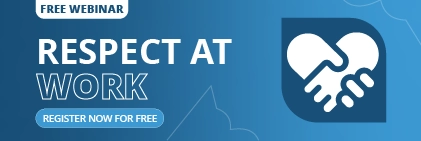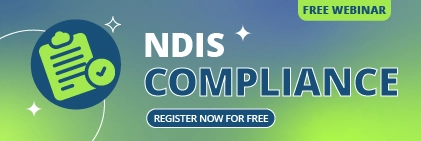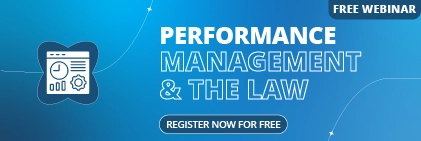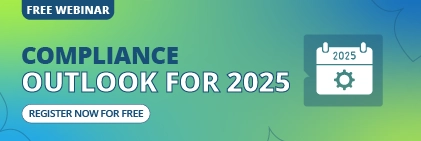Remember when HR departments were drowning in paperwork, filing cabinets, and endless spreadsheets? Those days are rapidly becoming history as businesses embrace digital transformation.
Today’s workforce management challenges are more complex than ever. Remote work, compliance requirements, employee expectations, and data-driven decision making have fundamentally changed how organisations manage their people.
Whether you’re a small business in Sydney, a mid-sized manufacturer in Melbourne, or a large organisation across Australia and New Zealand, understanding Human Resource Management Systems (HRMS) isn’t just helpful – it’s essential for staying competitive.
This comprehensive guide will demystify HRMS technology, explore its core capabilities, and help you understand how modern HR software like Sentrient’s integrated platform can transform your people management processes from reactive administration to strategic workforce planning.
What Is a HRMS? – Complete Definition and Context
A Human Resource Management System (HRMS) is a comprehensive digital platform that automates, streamlines, and integrates all core HR functions within a single system. Think of it as your organisation’s digital command centre for managing every aspect of the employee lifecycle.
HRMS technology combines multiple HR functions – from recruitment and onboarding to performance management and compliance tracking into one cohesive platform. This integration eliminates data silos, reduces manual processes, and provides real-time insights into your workforce.
You might also encounter terms like HRIS (Human Resources Information System) and HCM (Human Capital Management). While these terms are often used interchangeably, HRMS typically refers to the broader operational platform, whilst HRIS focuses more on data management and HCM emphasises strategic talent development.
The key distinction between HRMS and traditional Human Resource Management (HRM) lies in the technology component. HRM refers to the strategic approach and processes of managing people, whilst HRMS is the digital platform that enables and enhances these processes.
Modern HRMS platforms like Sentrient’s solution go beyond basic HR functions, integrating compliance management, GRC capabilities, and learning management systems to provide a truly comprehensive workforce management ecosystem.
Brief History and Evolution of HRMS
The journey of HRMS began in the 1970s with basic payroll automation systems that replaced manual calculations and cheque writing processes.
The 1990s and 2000s brought internet connectivity and early cloud computing, enabling more sophisticated features like employee self-service portals and basic reporting capabilities.
Today’s HRMS platforms leverage artificial intelligence, advanced analytics, and mobile-first design to provide predictive insights, automated workflows, and seamless user experiences that would have been unimaginable just a decade ago.
Who Uses HRMS? – Stakeholder Breakdown
1. HR Professionals and Managers use HRMS as their primary workspace for managing employee data, processing workflows, generating reports, and ensuring compliance with employment legislation across Australian states and territories.
2. Employees interact with HRMS through self-service portals to update personal information, submit leave requests, access training materials, and participate in performance reviews without needing HR intervention.
3. Recruiters leverage HRMS for managing talent pipelines, tracking applicant progress, coordinating interviews, and onboarding new hires seamlessly.
4. Executive Leadership relies on HRMS analytics and reporting for strategic workforce planning, budget allocation, compliance monitoring, and measuring the ROI of HR initiatives.
What are the Core HR Functions That HRMS Automates
- Employee Data Management and Record Keeping forms the foundation of any HRMS, creating a centralised database that maintains accurate, up-to-date information whilst ensuring data privacy and security compliance.
- Recruitment and Talent Acquisition processes are streamlined through integrated applicant tracking, automated posting to job boards, and collaborative hiring workflows that reduce time-to-hire significantly.
- Payroll Processing and Benefits Administration becomes automated and error-free, with seamless integration to Australian tax requirements, superannuation obligations, and award interpretations.
- Performance Management and Compliance tracking ensures organisations meet their legal obligations whilst supporting employee development through structured review processes and goal setting frameworks.
- Learning and Development Tracking provides comprehensive visibility into employee skills, training completion, and capability gaps, enabling strategic workforce development planning.
What are the main Components and Modules of HRMS
- Core HR Database and Employee Information System serves as the central repository for all employee data, maintaining comprehensive profiles that include personal details, employment history, qualifications, and performance records in a secure, searchable format.
- Recruitment and Applicant Tracking System (ATS) streamlines the entire hiring process from job posting creation to candidate onboarding, providing collaborative tools for hiring managers and automated communication workflows.
- Payroll and Compensation Management handles complex calculations, tax obligations, superannuation contributions, and award interpretations whilst providing detailed reporting for auditing and compliance purposes.
- Time and Attendance Tracking offers flexible options from mobile check-ins to biometric systems, automatically calculating overtime, leave balances, and generating accurate timesheets for payroll processing.
- Performance Management Module facilitates regular reviews, goal setting, 360-degree feedback, and career development planning through structured workflows and automated reminder systems.
- Employee Self-Service Portal empowers staff to manage their own information, submit requests, access documents, and complete training without HR intervention, significantly reducing administrative overhead.
- Analytics and Reporting Dashboard transforms raw HR data into actionable insights through customisable reports, trend analysis, and predictive metrics that support strategic decision-making.
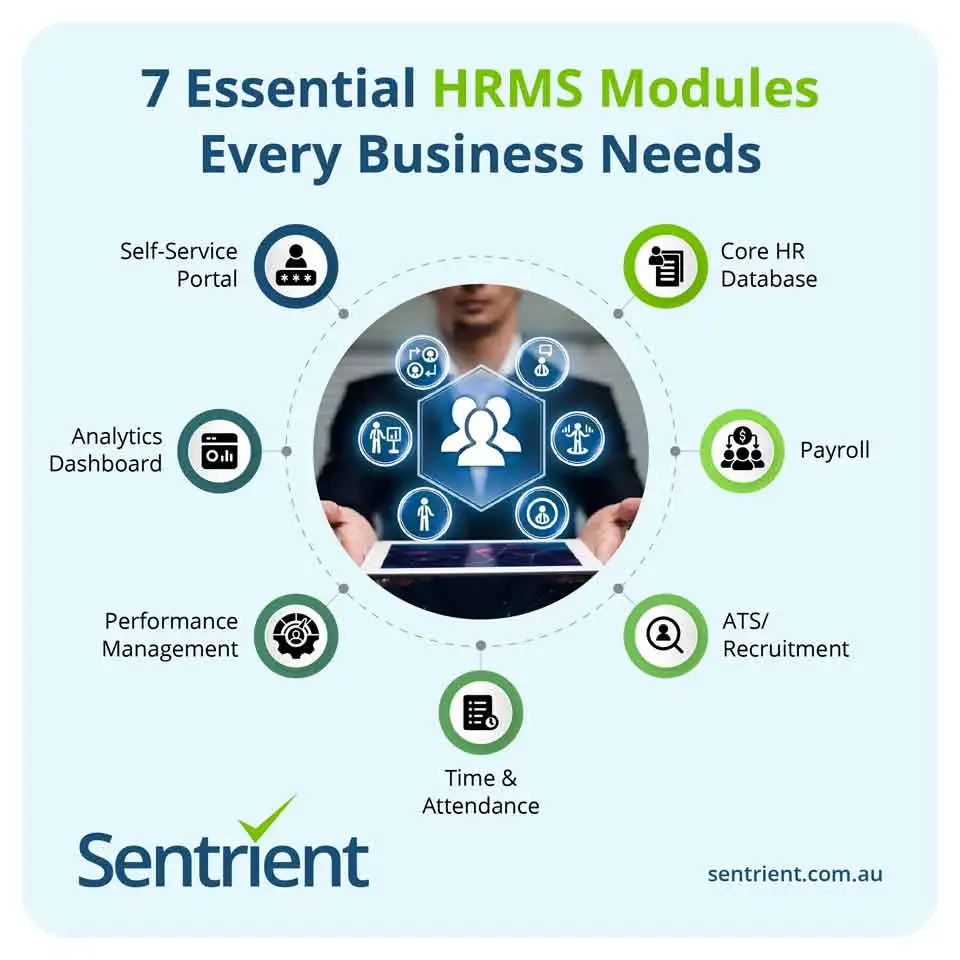
What are the Essential Features to Look for in HRMS
- User-Friendly Interface and Mobile Accessibility ensures widespread adoption across your organisation, with intuitive navigation that works seamlessly on desktop computers, tablets, and smartphones for maximum flexibility.
- Integration Capabilities and Customisation Options allow your HRMS to connect with existing business systems like accounting software, project management tools, and communication platforms whilst adapting to your unique processes.
- Advanced Reporting and Analytics provide real-time visibility into workforce metrics, compliance status, and performance trends through customisable dashboards and automated report generation.
- Data Security and Compliance Tools protect sensitive employee information through encryption, access controls, and audit trails whilst ensuring compliance with Australian privacy legislation and industry standards.
- Automation Capabilities and Scalability streamline repetitive tasks through workflow automation whilst providing the flexibility to grow with your organisation’s changing needs and expanding workforce.
What are the Benefits of Implementing HRMS
- Process Automation and Efficiency Gains eliminate manual data entry, reduce paperwork, and streamline workflows, allowing HR teams to focus on strategic initiatives rather than administrative tasks.
- Improved Data Accuracy and Centralisation creates a single source of truth for all employee information, reducing errors, eliminating duplicate data entry, and ensuring consistency across all HR processes.
- Enhanced Employee Experience and Satisfaction provides self-service capabilities, transparent processes, and faster response times, leading to improved engagement and reduced frustration with HR procedures.
- Better Compliance Management and Cost Reduction automates compliance tracking, generates audit-ready reports, and reduces the risk of costly penalties through systematic monitoring of regulatory requirements.
- Improved Decision-Making Through Analytics transforms HR from a reactive function to a strategic business partner through data-driven insights, predictive analytics, and comprehensive workforce visibility.
- Streamlined Recruitment and Workforce Planning accelerates hiring processes, improves candidate experience, and provides better visibility into talent pipelines and workforce capacity planning.
Ready to experience these benefits firsthand? Explore how Sentrient’s comprehensive HRMS platform can transform your HR operations with a personalised demonstration.
HRMS vs Traditional HR Methods
| Function | Traditional HR | HRMS Solution |
|---|---|---|
| Employee Records | Paper files, spreadsheets | Centralised digital database |
| Recruitment | Manual posting, email tracking | Automated job posting, ATS integration |
| Compliance Training | In-person sessions, paper tracking | Online courses, automatic tracking |
| Performance Reviews | Paper forms, manual scheduling | Digital workflows, automated reminders |
| Reporting | Manual data compilation | Real-time analytics, automated reports |
| Employee Self-Service | HR department requests | 24/7 online access |
| Data Accuracy | High error risk | Automated validation, single data entry |
| Scalability | Resource intensive | Automatic scaling with growth |
What are the Types of HRMS Solutions
- Cloud-Based vs On-Premises Systems represent the fundamental deployment choice, with cloud solutions offering lower upfront costs, automatic updates, and greater accessibility, whilst on-premises systems provide maximum control and customisation.
- All-in-One vs Best-of-Breed Solutions reflect different approaches to functionality, with integrated platforms like Sentrient offering seamless workflows across HR, compliance, and GRC functions, whilst best-of-breed approaches focus on specialised excellence in specific areas.
- Small Business vs Enterprise-Level Systems cater to different organisational needs, with SMB solutions emphasising ease of use and quick implementation, whilst enterprise platforms prioritise advanced customisation, complex workflows, and extensive integration capabilities.
HRMS Implementation Process and Best Practices
1. Pre-Implementation Planning and Needs Assessment begins with thoroughly documenting current processes, identifying pain points, and defining success criteria to ensure your chosen HRMS solution aligns with organisational objectives.
2. Vendor Selection and Data Migration Strategies require careful evaluation of functionality, support quality, and implementation methodology, followed by meticulous planning for transferring existing employee data accurately and securely.
3. Employee Training and Change Management focuses on building user confidence through comprehensive training programs, clear communication about benefits, and ongoing support to ensure successful adoption across the organisation.
4. Go-Live Planning and Post-Implementation Optimisation involves careful timeline management, parallel testing, and continuous refinement based on user feedback and evolving business requirements.
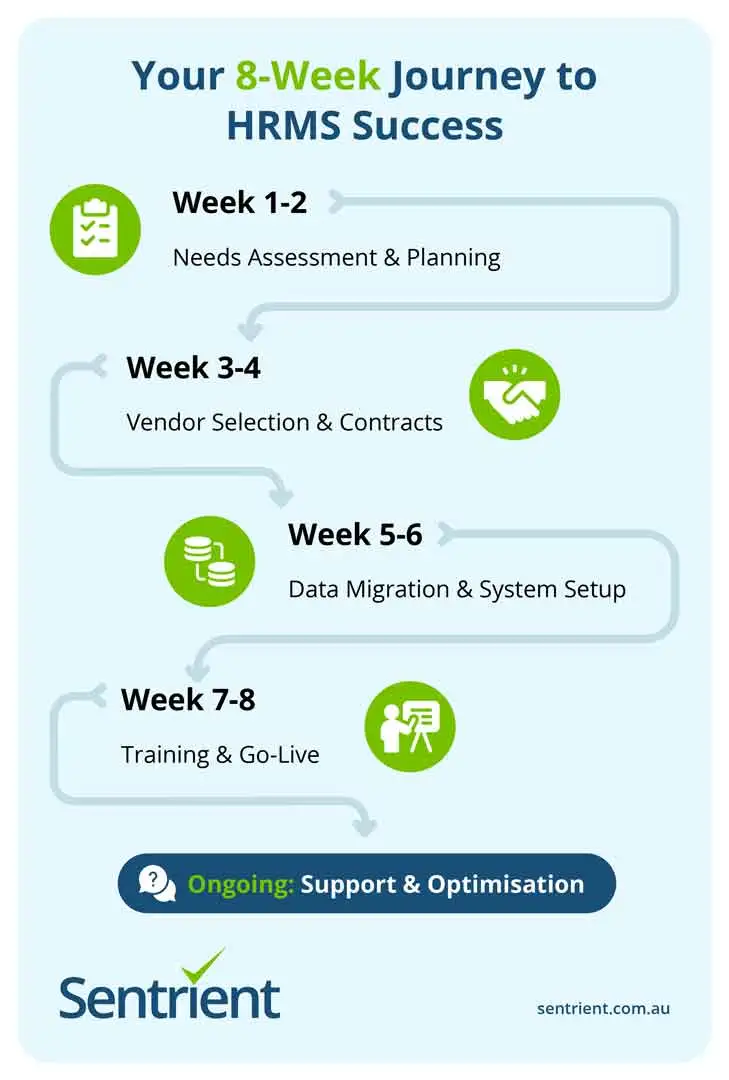
What are the Common Implementation Challenges and Solutions
- Resistance to Change and User Adoption can be overcome through early engagement, comprehensive training, and highlighting personal benefits for employees, such as easier access to information and streamlined processes.
- Data Migration Complexities require thorough data cleansing, validation processes, and careful mapping between old and new systems to ensure accuracy and completeness.
- Integration Challenges and Budget Constraints demand realistic planning, phased implementation approaches, and clear communication about expected timelines and resource requirements.
- Training and Timeline Management benefit from structured learning programs, regular check-ins, and flexibility to adjust plans based on user feedback and adoption rates.
HRMS vs HRIS vs HCM – Clear Distinctions
| System Type | Definition | Primary Focus | Key Features |
|---|---|---|---|
| HRMS (Human Resource Management System) | Comprehensive platform covering all HR functions | Operational HR management and automation | Core HR, payroll, compliance, learning management, performance tracking |
| HRIS (Human Resources Information System) | Data-focused system for HR record management | Information storage and basic administration | Employee databases, record keeping, basic reporting, data management |
| HCM (Human Capital Management) | Strategic talent management platform | Workforce optimisation and development | Advanced analytics, talent development, workforce planning, predictive insights |
Understanding these distinctions helps organisations choose the right solution based on their specific needs, with HRMS offering the broadest operational scope, HRIS focusing on data management, and HCM emphasising strategic talent optimisation.
How to Choose the Right HRMS for Your Business
1. Comprehensive Needs Assessment Framework should evaluate current pain points, future growth plans, integration requirements, and specific industry compliance needs to create a clear requirements specification.
2. Budget Planning and Scalability Requirements must consider not only initial implementation costs but also ongoing licensing, training, and customisation expenses whilst ensuring the solution can grow with your organisation.
3. Vendor Evaluation and Comparison Methodology should include functionality assessment, reference checks, support quality evaluation, and careful review of contract terms and service level agreements.
4. Demo Evaluation and Contract Negotiation requires structured testing scenarios, involvement of key stakeholders, and thorough understanding of implementation timelines, support arrangements, and customisation possibilities.
Need guidance choosing the right HRMS for your organisation? Sentrient’s experts can help assess your specific requirements and demonstrate how our platform addresses your unique challenges.
Why Choose Sentrient’s HRMS Solution
- Comprehensive All-in-One Platform Capabilities integrate HR management, compliance training, GRC systems, and learning management into a single, seamless solution designed specifically for Australian and New Zealand businesses.
- Advanced Automation and Integration Features streamline workflows, eliminate duplicate data entry, and provide real-time visibility across all HR and compliance functions through intuitive dashboards and automated reporting.
- Local Australian Support and Competitive Pricing ensures you receive expert assistance when needed, with all data stored securely in Australia and pricing structures designed to deliver exceptional value for organisations of all sizes.
- Proven Track Record and Continuous Innovation backed by 500+ satisfied Australian businesses, with ongoing platform enhancements that keep pace with changing regulatory requirements and evolving business needs.
Conclusion
HRMS technology has evolved from basic payroll automation to sophisticated platforms that drive strategic business value through improved efficiency, compliance management, and data-driven decision making.
The modern workplace demands more than traditional HR administration. Organisations need integrated solutions that handle complex compliance requirements, support remote workforce management, and provide actionable insights for strategic planning.
Whether you’re looking to replace outdated systems, improve compliance management, or enhance employee experience, the right HRMS platform can transform your organisation’s approach to people management.
Ready to discover how Sentrient’s HRMS solution can streamline your HR operations and improve compliance management? Book a personalised free demo today and see the difference an integrated platform can make for your organisation.
Frequently Asked Questions (FAQs)
1. What is the difference between HRMS and payroll software?
HRMS encompasses comprehensive HR functionality including recruitment, performance management, compliance, and employee self-service, whilst payroll software focuses specifically on salary calculations, tax processing, and payment administration.
2. How long does HRMS implementation typically take?
Implementation timelines vary based on organisation size and complexity, but cloud-based solutions like Sentrient can often be deployed within weeks rather than months, with full functionality available immediately.
3. Can small businesses benefit from HRMS solutions?
Absolutely. Modern HRMS platforms are designed to scale with business growth, providing immediate benefits through automation, compliance management, and improved employee experience regardless of organisation size.
4. What are the typical costs associated with HRMS?
HRMS costs vary based on employee count, required features, and implementation complexity. Cloud-based solutions typically offer subscription pricing that scales with usage, providing predictable monthly costs.
5. How does HRMS help with compliance management?
HRMS platforms automate compliance tracking, provide pre-built training content, generate audit-ready reports, and maintain detailed records to demonstrate compliance with employment legislation and industry standards.
6. Is cloud-based HRMS better than on-premises solutions?
Cloud-based HRMS offers advantages including lower upfront costs, automatic updates, enhanced security, and remote accessibility. Most organisations find cloud solutions provide better value and flexibility than on-premises alternatives.
